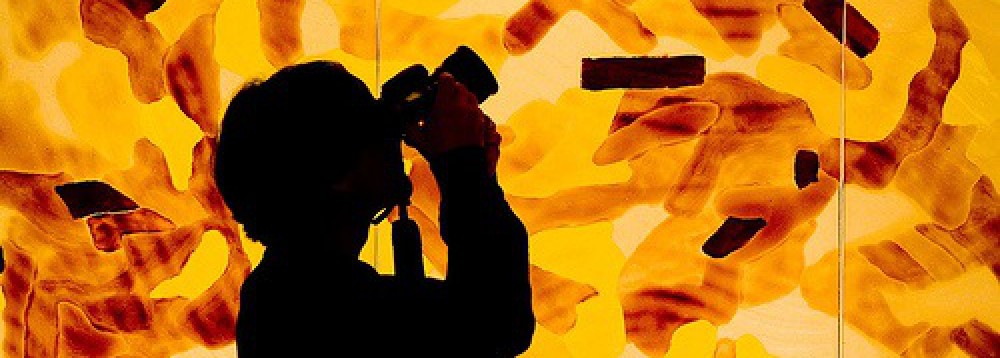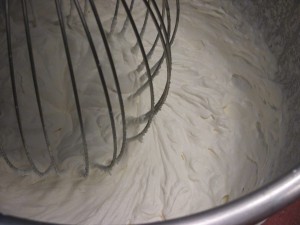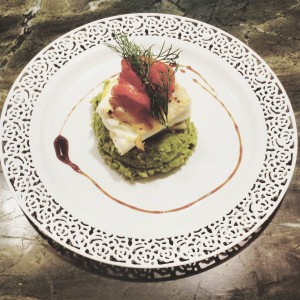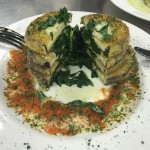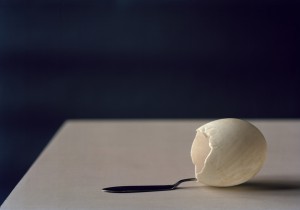In this photo I took a a picture, during the week I was chef, of us making our very own whip cream. It was fascinating the way we took heavy cream and just mixed it (whipped it) for a couple of minutes and added some other things to make it sweet, and viola you have whip cream. The smell, especially the texture I had to capture the moment, surprisingly this was taken while the whip was moving, I’m not too sure how I did it, but I’m shocked by what I captured. The texture of the whip cream looks fluffy, and smooth, but also though its airy, from in this picture it looks as if it would have a play-doh feel once you get it in your hands.
Tag Archives: texture
HW #3 Photographing the Texture of Food
One of the first things that you should consider when you shoot the food is that beauty is in the details.Texture plays very important rule in food photography.It impact the way food looks or tastes. I think that,People are incredibly sensitive to texture.What can texture do for a food photo? Texture can do a lot for a food photo. When we look a t food pictures. A textured background can be an important element of the overall image in food photography.Texture can enhance the quality of the image, provide it with a feeling of age, and make it interesting.
Ahmet D. Homework #3
When the texture of food comes out, there are color, size, presentation, taste and so many other things. Texture of food reminds me a eggplant all the time, eggplant can be used for the most rich dishes, it taste very rich when it cooks. People usually put some salt on it before they cook it to lower the amount of fat absorb during cooking. A couple weeks ago, me and my classmates prepared an eggplant dish, and I’ve heard from some students that they never liked the eggplant before. Once we finished the cooking, it was the time for tasting. All the dishes looked very tasty. We all tasted our dish and everybody liked it. The taste, the feeling in the mouth, the presentation was perfect.
texture
- I think texture adds versatility to food and photography. It expands the creative level of a simple dish. I chose to present a simple pan fried eggplant that I made in my Culinary Arts 1 class two weeks ago. It advances the level of skill to a simple and inexpensive vegetable, by coating with layers of texture such as the smooth coating of flour, followed by a coating of thick egg wash, and then a layer of bread crumbs for a crispy , cromby and coarse exterior. Texture also aids to the appeal of the eye. By adding a variety of different textures to a plate, it helps to be photographed well.
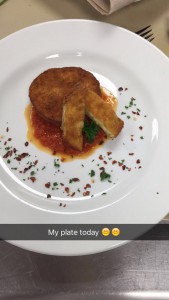
Homework #3: Photographing the Texture of Food
tex·ture /ˈteksCHər/ noun
|
In class we discussed the wet-plate collodion process of mid-nineteenth century photography. The photo historian Helmut Gernsheim once referred to this collodion era as the “culinary period” of photography (Gernsheim, 1969, 258). Aside from the sticky collodion that photographers like Roger Fenton and Mathew Brady applied to their glass plates, photographers tried all sorts of ingredients to keep the collodion moist for longer periods of time, including treacle, malt, raspberry juice, milk, licorice juice, chestnut juice, beer, tea, and coffee.
For this week, I ask you to think about the idea of texture in food, and how does one capture texture in a photograph. The key to communicating texture in photography is to pay careful attention to detail. In this week’s homework, you get to practice taking a photograph, re-sizing it, and uploading it to our class website. For example, look at the photograph by contemporary photographer Olivier Richon and note how it gives you a sense of the texture of an egg, an object that we’ll be thinking about a lot this semester. Take a food-related photo (something you made or saw), resize it (follow the directions on how to resize you photo to smaller than 600 to 700 pixels here) and upload your photo to the class site with a short passage describing the texture of your food item.
In class, we also talked about the albumen process that makes use of egg whites. What happened to all those egg yolks? You can click here to see a recipe for a 19th-century photographer’s cheesecake.
PLEASE SUBMIT YOUR POSTS BY MONDAY OCTOBER 19, 2015.
